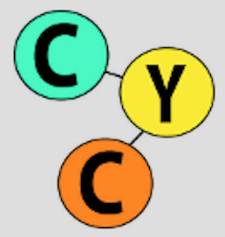New Report: AT&T Digital Discrimination in Cleveland
A new report from the National Digital Inclusion Alliance and Connect Your Community concludes that the telecom giant AT&T has redlined low-income neighborhoods in Cleveland. The company has cherry-picked higher-income neighborhoods for new technology investments and skipped over neighborhoods with high-proverty rates.
AT&T’s Digital Redlining, uses publicly available data from the FCC and the American Community Survey to expose how AT&T has failed to invest in low-income communities in Cleveland.
See With Your Own Eyes
Read the report and explore the interactive maps on digitalinclusion.org. The National Digital Inclusion Alliance and Connect Your Community spent six months uncovering how AT&T has systematically passed over communities with high poverty rates. The five maps paint a stark picture of the digital divide.

The extent of AT&T’s failure only came to light after the AT&T and DirecTV merger. As part of the merger, AT&T had to create an affordable Internet access program for low-income residents. The lowest speed tier in the program was 3 Megabits per second (Mbps) download for $5, but many low-income communities in Cleveland were considered ineligible; infrastructure in their communities only allowed access to speeds that maxed out at about 1.5 Mbps download. (Read more in "AT&T Gets Snagged in Giant Loophole Attempting to Avoid Merger Responsibility")
Public Data Can Share Some Insights
The National Digital Inclusion Alliance and Connect Your Community noticed a pattern and began investigating. The FCC Form 477 data used in the report provides maximum speeds and technology by each census block, which typically overstates the quality of service actually available to households.



